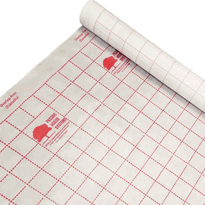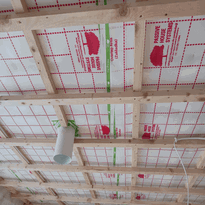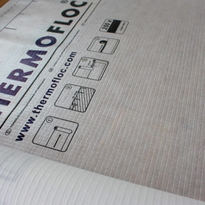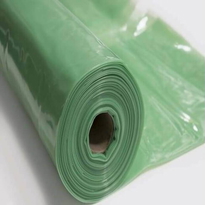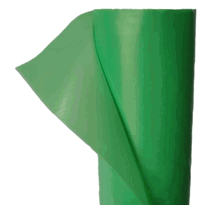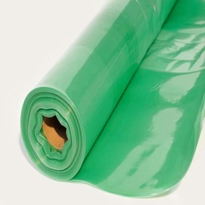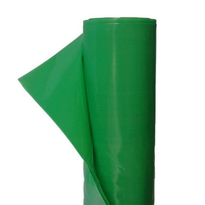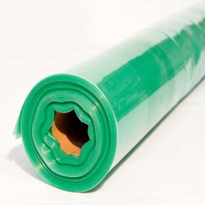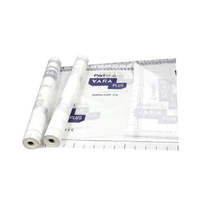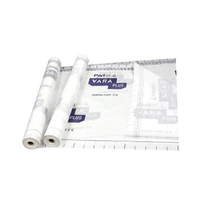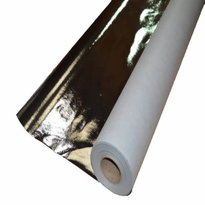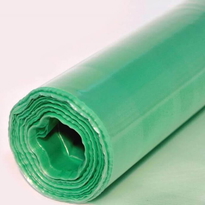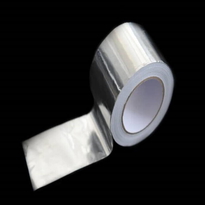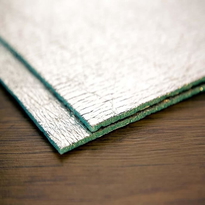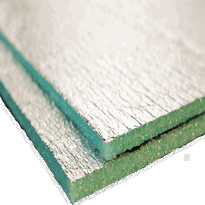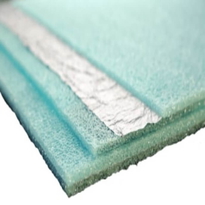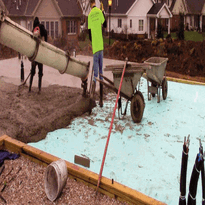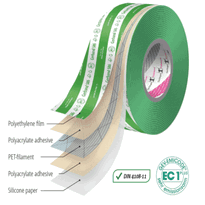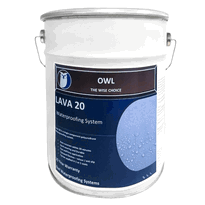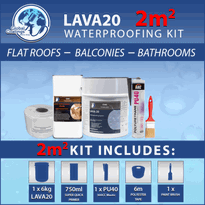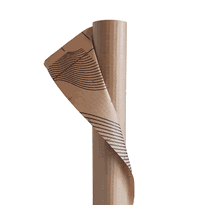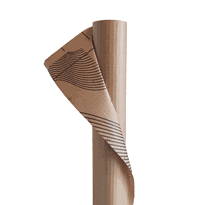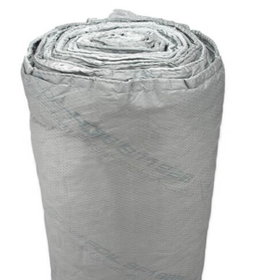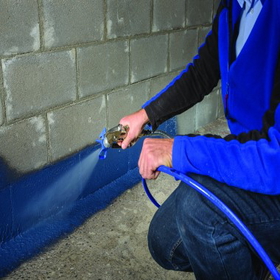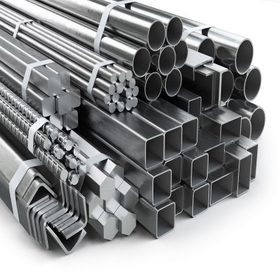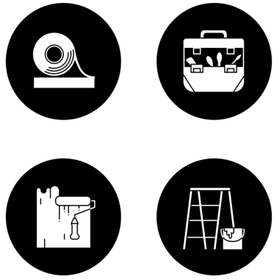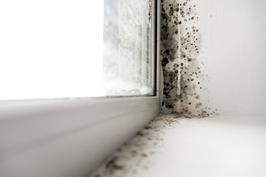Similar Categories
The Complete Guide to Vapour Barriers for UK Homes and Buildings
Vapour barriers play a critical role in protecting UK homes and buildings from moisture ingress, interstitial condensation, and mould. These barriers are essential for maintaining energy efficiency, ensuring thermal performance, and preventing structural damage caused by water vapour within the building envelope. In this guide, we will explore the importance of vapour barriers, the types available, and how to choose the right solution for your project.
What is a Vapour Barrier?
A vapour barrier, also referred to as a vapour check or vapour control layer (VCL), is a specialised membrane designed to prevent the transmission of water vapour within walls, ceilings, and floors. By reducing the risk of interstitial condensation within a structure, vapour barriers help enhance the overall performance of insulation and maintain airtightness within buildings.
Why You Need a Vapour Barrier
Water vapour can migrate through the building envelope, leading to moisture accumulation, mould growth, and structural rot. Vapour barriers are essential for:
-
Preventing Interstitial Condensation: Reducing the risk of condensation within walls and ceilings.
-
Improving Thermal Performance: Enhancing the efficacy of insulation by maintaining a dry environment.
-
Ensuring Airtightness: Minimising air infiltration and heat loss to improve energy efficiency.
-
Protecting Against Structural Damage: Reducing the likelihood of rot and mould within buildings.
Types of Vapour Barriers
A wide range of vapour barriers is available, each designed for specific applications and levels of vapour resistance.
-
Polythene Vapour Control Layers (VCLs)
Polythene vapour barriers, such as Novia and Proctor Procheck, are highly effective and commonly used in residential and commercial construction. Available in multiple gauges, polythene sheets provide enhanced protection against moisture ingress. -
Foil Vapour Barriers
Aluminium foil vapour barriers reflect heat and prevent water vapour migration, making them an ideal choice for roofs and ceilings. -
Breathable Vapour Barriers
Breathable membranes, such as Tyvek, allow controlled vapour transmission, balancing vapour resistance with ventilation to prevent interstitial condensation. -
Radon and Specialised Vapour Barriers
Specialised vapour barriers, such as radon-resistant membranes, provide enhanced protection against harmful gases and moisture.
How to Install a Vapour Barrier
Correct installation of vapour barriers is crucial for optimal performance. Follow these steps to ensure proper application:
-
Identify the Warm Side
Vapour barriers should be installed on the warm side of the insulation to prevent water vapour from reaching the cold side and forming condensation. -
Seal Joints and Gaps
Use high-quality tape to seal all joints and overlaps, ensuring general airtightness. -
Ensure Full Coverage
Cover the entire surface, including walls, ceilings, and floors, to provide comprehensive moisture protection. -
Allow for Ventilation
Incorporate ventilation systems to manage humidity levels and reduce the risk of condensation.
Applications of Vapour Barriers
Vapour barriers can be used in various areas of a building:
-
Ceilings and Roofs: Prevents warm air from rising and condensing on the cold side of the insulation.
-
Walls: Reduces the risk of mould and rot within cavity walls.
-
Floors: Protects against rising damp and enhances the performance of underfloor insulation.
Choosing the Right Vapour Barrier
Selecting the right vapour barrier depends on several factors, including:
-
Insulation Requirements: Thicker barriers provide enhanced protection.
-
Building Type: Residential and commercial properties may have different vapour barrier needs.
-
Environmental Conditions: Areas with high humidity or extreme temperatures require high-performance vapour barriers.
Final Thoughts
Vapour barriers are a vital component of any construction project, ensuring long-term durability and improved energy efficiency. By selecting and installing the right vapour barrier membrane, you can protect your home or building from moisture damage, enhance thermal performance, and create a healthier living environment. Explore a wide range of vapour barriers and start reinforcing your property today.
